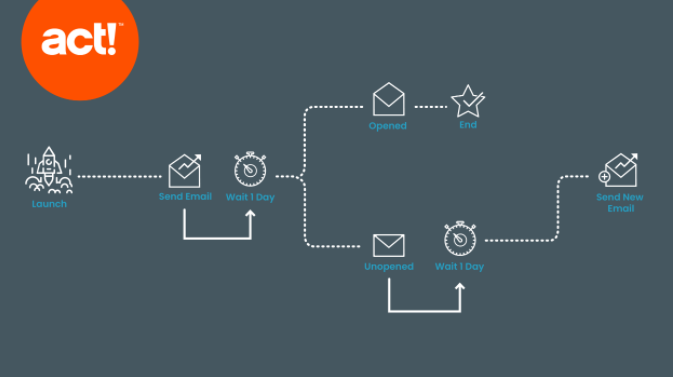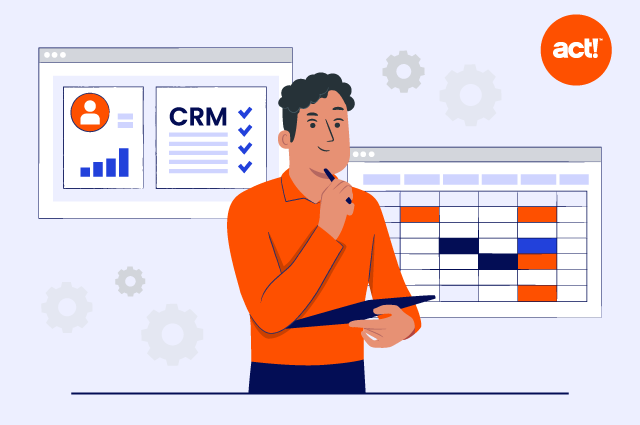The term ‘drip marketing’ refers to a communication strategy based on sending a series of pre-designed, automated messages to customers and prospects at specific intervals. Due to cost effectiveness and efficiency, these messages usually take the form of emails. However, drip marketing also refers to phone calls and other communication methods.
If you are looking for ways to improve your sales and marketing activities, drip campaigns could be a useful strategy to add to your repertoire. Drip marketing campaigns allow you to stay connected to your customer base and keep interested prospects hooked in. Your aim is to make sure that the right information reaches the right people at an appropriate time, with minimum effort on your part.
You might hear drip campaigns referred to as automated email campaigns, autoresponders, or marketing automation, but all mean the same thing: sending automated marketing emails according to a pre-determined schedule, and based on pre-defined factors. It relates to the term ‘drip feeding’, which means ‘to provide gradually and in small amounts’.

How and why do drip campaigns work?
Let’s assume you are embarking on an email-based drip campaign. You will create a set of automated emails to go out in response to an initial user action, or on a specified date. For example, a new customer signs up to your site with a new account. They will first receive an email that kicks off the drip campaign, welcoming them to your brand.
If a certain amount of time passes without further interaction from that customer, another pre-written email can be sent with the aim of refreshing interest. It might contain a discount code, popular content on your site, or recommendations based on previous interest. The beauty of this process is that it saves a lot of time and organisational effort. There is no need to manually write every email and keep on top the process for each customer.
Automated emails can be set up to include personal details like name, company information, or whatever you deem necessary. You pre-determine the actions that trigger an automatic email. Provided that you know how to create relevant and targeted emails, statistics say that your emails can produce around 18 times more revenue than general broadcasts.

When should you use a drip campaign?
Your reasons for using drip marketing will be brand-specific. However you can take ideas from the below marketing activities, which are commonly implemented through drip campaigns:
- Welcoming new customers or making confirmations
- Educating your customers and prospects
- Rewarding customer loyalty with discounts and targeted offers
- Directing users to specific content or making recommendations
- Keeping users engaged with products and services
- Nurturing leads for conversions and new subscribers
- Refreshing interest after abandoned carts or unsubscribes
A successful drip campaign will also help you to segment customers based on details like which emails they opened, their demographic or purchases. This enables you to refine your drip campaigns regularly for even greater success.
Tips on successful drip marketing
It is important not to overwhelm customers or prospects with excessive emails. This can cause disinterest and unsubscribes. A reasonable email schedule might look something like this:
- One email at sign up
- One email three or four days after that
- Another email a week later
Your drip campaigns should serve as gentle reminders that (directly or indirectly) inspire people to buy your product or service. The days of hard selling tactics are over, as today’s customers usually have plenty of options.
To summarize the reasons for using drip marketing, by keeping in touch with your customers regularly with targeted, relevant information, your brand and products stay in their minds. Drip marketing is one of several ways of nurturing leads, which is integral to growing your business. This way, when they are ready to buy, it is you they remember.
Learn more about Marketing Automation:
- What is marketing automation?
- Email Marketing Automation
- How to choose the best marketing automation software?
- Email marketing or marketing automation?





